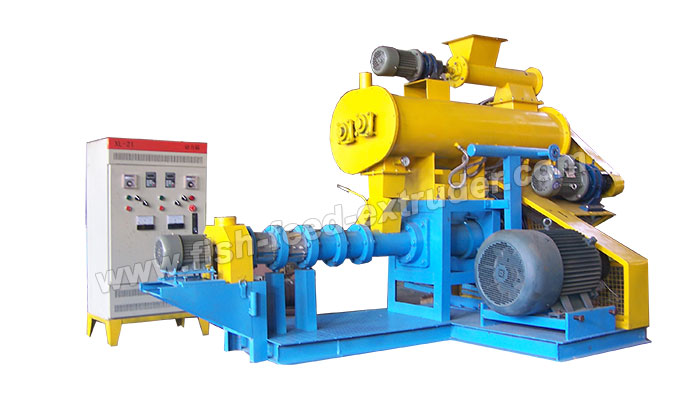Torrent is currently self-employed, providing consulting services to businesses in need of expert advice and support. Gary is passionate about helping businesses achieve their goals, and he looks forward to continuing his successful career trajectory for many years to come.

The biomass pellet making is an elaborate process that starts with gathering and sorting raw materials. Each element has unique properties that prevent them from mixing with other ingredients. And it would help if you sorted them according to moisture content.
The ability to bind depends on other parameters such as density and texture, but it is imperative to align heat and pressure with the behavior of an ingredient. That way, it makes it easier to achieve high quality by following consistent formulae.
As an operator, it is essential to capture each ingredient’s properties in a chart. The chart is practical at lying out a standard procedure. Even a dummy can follow and run the process independently and produce excellent results.
So, if you look to twist the ingredients a little more and achieve a good texture, the chart is instrumental in guiding you to arrive at an excellent combination. For instance, you might like a variety that features high proteins and blends high density.
But, formulations can’t take you to a higher authority alone. You require a quality machine to help you spice up the process.
A powerful pellet machine that dices raw material to smaller pieces is more efficient.
It is where the principle of volume to surface ratio comes into play. Smaller particles absorb moisture well, making them flexible. Conversely, Steam doesn’t penetrate large particles and hurts the horse power’s efficiency.
The idea behind small particles is; that it allows for better grinding and makes the horsepower quickly push the particles through the die-hole. Therefore, small particles reward the machine with extended life besides enhancing production.
Some brands have customized machines with flexible systems that adjust moisture according to the nature of ingredients. Handling the dry matter allows you to increase moisture to make the elements pliable.
Temperature and moisture settings can be set to optimum levels
Temperature and moisture balance out each other. If left uncontrolled, the machine struggles to compress ingredients, leading to low-quality pellets. The operator should be keen to adjust the moisture level to reflect the drying temperature.
If they can set the two parameters at accurate levels, the conditioning chamber will work at optimum standards. It will then feed the roll and the die with a flexible material suitable for forming compact pellets.
The pellet-making machine should be easy to maintain
Virtually all the parts in the engine require frequent cleaning. Grime can accumulate and risk clogging the machine. A suitable mill allows you to reach the die, magnets, and scalpers easily. That way, you can retrieve dirt and leave the engine operating optimally.
Reaching and inspecting critical areas such as the die shouldn’t be daunting. Foreign objects drop and hide in the die, so you should check them periodically. You can remove the entire system gently. But if you encounter resistance to removing the unit, it is not wise bounding the die with a hammer. It can render it dysfunctional.
But you can save yourself the struggle of cleaning and maintaining parts by purchasing a reputable machine. Go to pelletmachine.com, where you’ll find super machines with an excellent user interface.
Conclusion
Pellet making may not be as easy as it may seem. It requires a combination of various vital elements to achieve your targets. It would help if you had a good quality machine and a deeper understanding of how ingredients perform to make quality pellets. You can’t shove maintenance aside. Frequent checks have immense value as it helps you keep dirt at bay while adding years of quality products to the machine.
